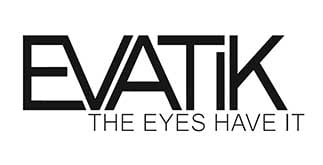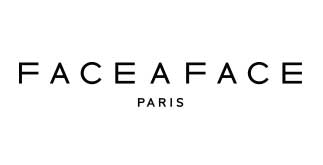

Convergence
This is a term used for two types of eye problems: convergence insufficiency and convergence excess. They are both more common in children than adults. When the eyes converge, the focusing system is engaged, and the pupils get slightly smaller.
This is the ability to turn the two eyes inward toward each other to look at a close object. We depend on this visual skill for near-work activities such as desk work at school, working on a smartphone type device, or even in sports when catching a ball.
Convergence insufficiency (CI) is when your eyes keep drifting outward when you’re reading or doing a close-up activity.
This can cause you to see double, and you have to use a lot of effort to make your eyes turn back in. It happens when your eyes focus further away than the object you want to see. Not everyone has signs and symptoms. Signs and symptoms occur while you’re reading or doing other close work
Convergence excess means the eyes turn inwards more than necessary. It happens when your eye aims closer than the object you’re trying to see.
If you or your child has symptoms or problems reading, consult an eye care professional — an ophthalmologist or an optometrist. We test for convergence as part of our standard eye test, and we can correct it with glasses and visual exercises or may refer you to a behavioral optometrist that specializes in the treatment of binocular disorders.
If you or your family are experiencing or are concerned about Convergence book an eye test today.










